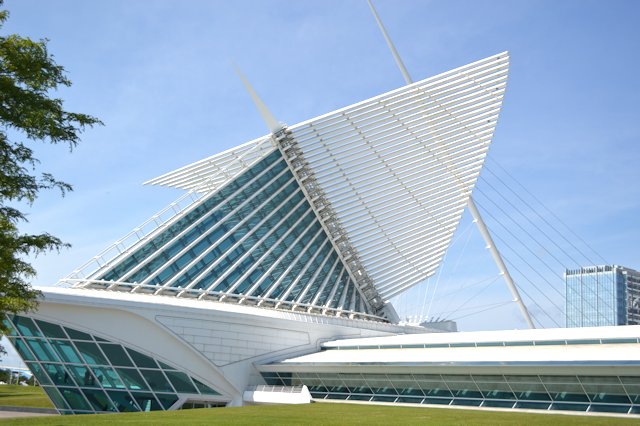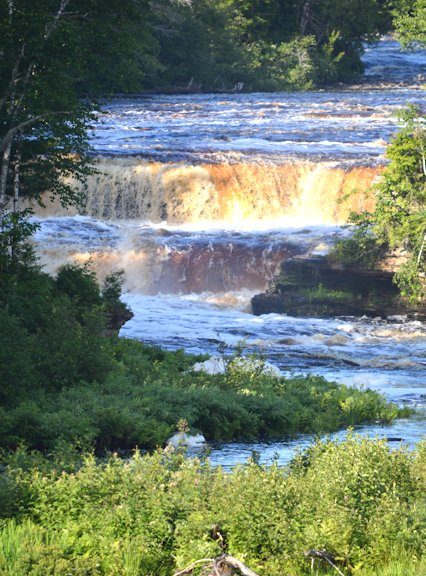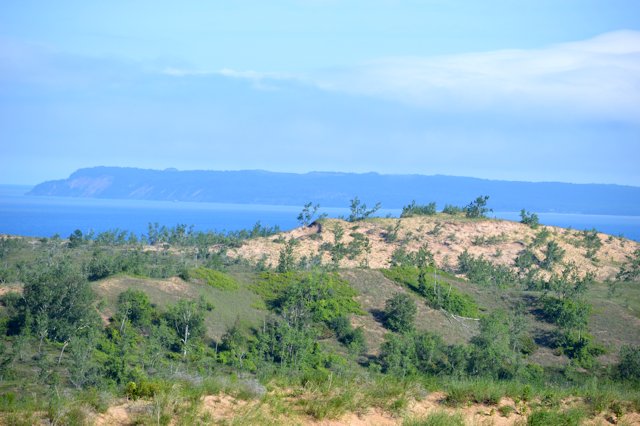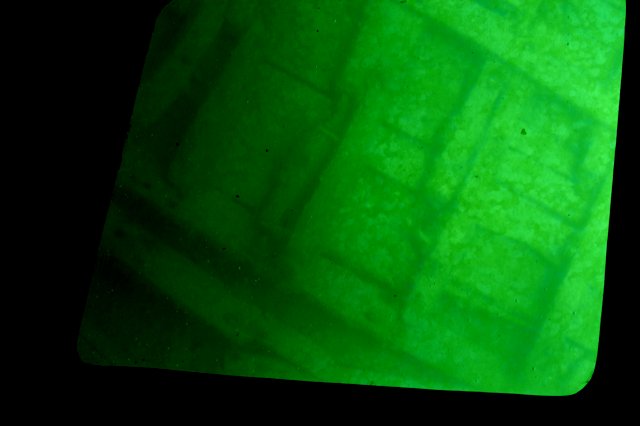While in the northwest part of the lower peninsula of Michigan, we visited a popular national park called Sleeping Bear Sand Dunes. It’s rather unique because the sand dunes are right up against the shore of Lake Michigan and are very steep.
The national park is really a national lakeshore. There are a few areas of the dunes that you can visit, and a few hiking trails through the dunes. The vegetation on the dunes is very fragile so they don’t want people walking around except where it’s allowed.
One area where you can see how steep the dune is right down to the shoreline was very pretty. The water is shallow for a ways out and the sand makes it very green. Then, as it gets deeper the water turns to blue. There are signs saying you should not climb on the dunes because they are so steep and if you fall you go right into the water and then have to be rescued. Also, some people get down and cannot get up because of the loose sand. But, even so we saw several people climbing around on this very steep sand dune.
Along the shore there are several small inlets, but all of them are being closed off to the lake because of the sand building up a dam. We could see one from an overlook and took a picture.
There is an area where there is a dune that is set aside for people to climb on. It’s a popular place for kids and families, and has a playground, water fountains etc. We did not climb the dunes, we left that for the younger people. Plus we had Laddy and dogs are not allowed in the climbing area.
The area is called Sleeping Bear because of an old native american legend. While none of our pictures showed it (it was getting hazy) there are two small islands off the shoreline from this area. Legend has it that a storm on the western coast of Lake Michigan drove a bear and her two cubs into the lake to try and escape it. They swam and swam and the two cubs got very tired and couldn’t go any further and they because the two small islands. The bear made it to the eastern shore of Lake Michigan and sleeps on the shore where she can see her two lost cubs.
Nearby there’s a real pretty lake that has a sand bar that almost separates it into two lakes. There’s a causeway built across the sand bar and it’s not very long at all. This lake, Lake Glen, has homes built pretty much all along the shoreline and they all seem to have piers and docks and boats. We’ve noticed during our time in Michigan that water sports are really popular here, and for good reason since there’s so much shoreline!
Here are some pictures we took of Sleeping Bear Sand Dunes and Lake Glen:
Glen Lake is popular with boaters
dune climb showing lots of people on it
dune climb – this area is set aside for people to climb and play on
sand dunes with Lake Michigan in the distance
view of a small inlet being closed off from the lake by sand
sand dune is steep and right on the shoreline – you can see a person climbing
Glen Lake with a short causeway





